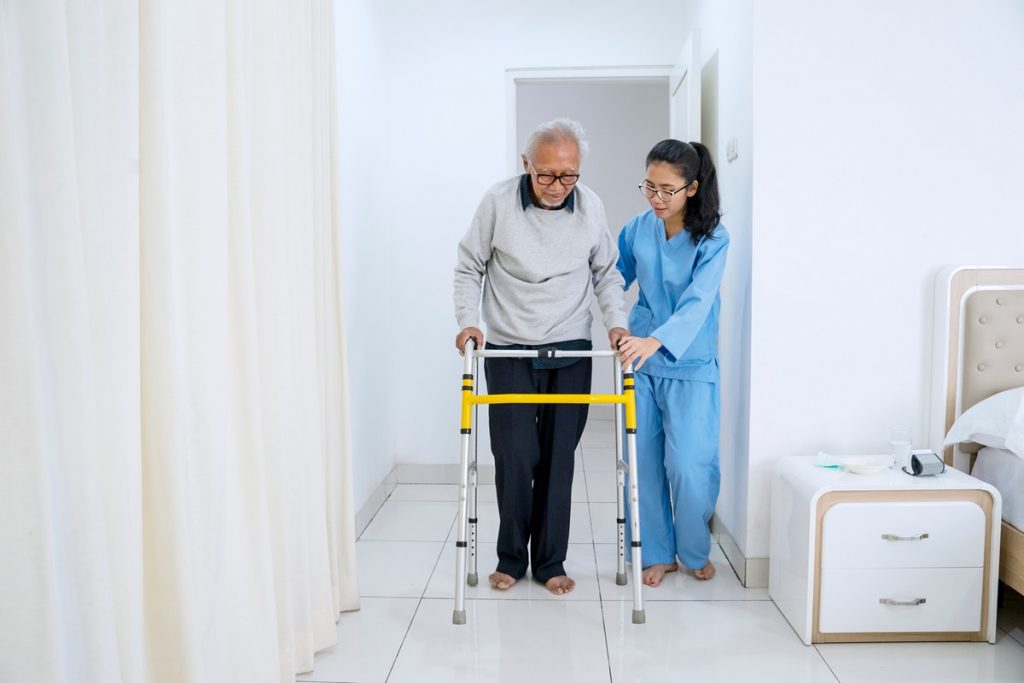The stroke data team at Norfolk and Norwich University Hospital reveal their ambition and drive to spread the benefits of CaptureStroke across the whole unit, improving care quality for patients.
The most immediate and obvious reason for an NHS trust to invest in a digital clinical pathway for stroke care might be to help it meet SSNAP criteria for measuring quality improvement. But at Norfolk and Norwich University Hospital, the stroke data team are looking at ways to extend the value of CaptureStroke beyond that initial purpose so that their clinical colleagues, and ultimately their patients, can benefit from the richness of its reporting capabilities.
The hospital’s stroke data team is relatively new in its current formation, and this fresh approach is being driven by their enthusiasm for the system and the belief that it has the potential to inform the bigger picture of performance and targets that can be enabled by consistent data input throughout the care pathway.
Committed to change
Stroke data and administration manager Julia Barnard says it is exciting to be building a team that is committed to changing perceptions that CaptureStroke is fundamentally a SSNAP reporting tool, and making data capture a simple and intuitive process for end-users, which adds genuine value to the system for the entire unit.
“SSNAP reporting is only a small part of CaptureStroke,” she says. “Since we started to explore its usefulness more fully, when people come to us asking for ‘SSNAP data’, we can say no – what you actually want is a ‘Capture report’. We’re spreading the word and building a very like-minded team that wants to get the best out of the system, working with clinicians who are so passionate about looking after their patients and want them to improve under their care.”
Ella James, stroke data administrator, says that oversight is an advantage when data inputting is done by everyone in a multidisciplinary team.
“It starts with the stroke alert nurses then comes through to us so we make sure the patients are on the system, and the discharges and admissions are processed,” she explains.
“Then we have the therapists who also input their direct therapy times. We make sure that everyone is ticking their right boxes, but because we are utilising Capture more now, we’re able to highlight areas that we need to change systematically as a stroke unit. We’re looking at adapting our rapid stroke proforma, for example, which clinicians fill in. We’re going to map the data using the questions on Capture to improve it. So, it’s definitely involved in how we change our processes.”
Reporting brilliance
The stroke unit’s quarterly Interim Performance Reports (IPR) are another focus for the data team. Julia says that while these are often seen as part of SSNAP, there is an opportunity to make the IPR more than just a snapshot of the moment at which the report is run and make it more reflective of the work the whole unit is doing – giving visibility across the clinical teams.
“It can be very helpful for people in different operational teams to know what their counterparts are doing – in the TIA clinic, for example. There’s so much good work going on down there and it’s not being recorded in the correct way,” she says. “So, we can run a report on TIA on the back of the IPR. There’s a lot more to capture beyond SSNAP and it’s brilliant that everybody in the department can benefit from that too.”
In some respects, the evolving use of the system at Norwich is cultural. At the moment, the stroke unit works retrospectively with data rather than proactively with live data – something the team is trying to change. For example, with the ability to attach EPRs to the system, it would be possible to produce a stroke pack from CaptureStroke, incorporating the patient’s record, with everything in the proforma self-populated.
“There are ways that we can introduce these capabilities to the unit that will make people’s lives easier,” says stroke data analyst Alexandra Buhagiar. “But they do like paper at this hospital! Any organisational change comes with its challenges.”
The data team are unanimous in the value that they derive from working with a technology provider like Capture Stroke, which is so responsive to their needs and questions.
“I just see them as an extension of our data team,” says Julia. “They get us, they get the fact that we hadn’t been told stuff about the system by our previous colleagues, and they’ve been so helpful in showing us what it can do. That’s really helping us to educate the whole clinical team. Watch this space for what we can do next!”

